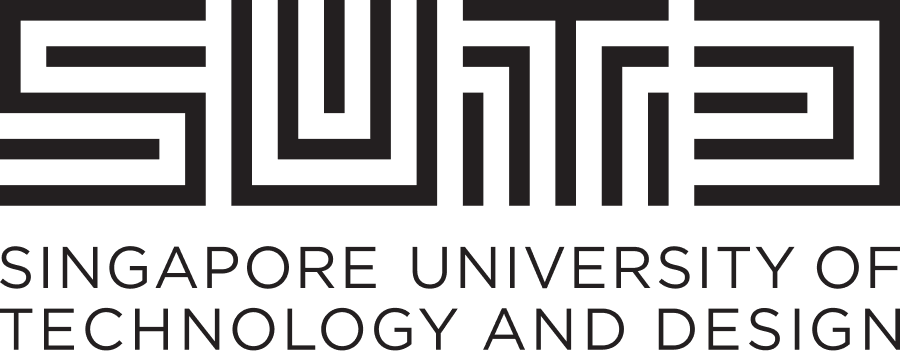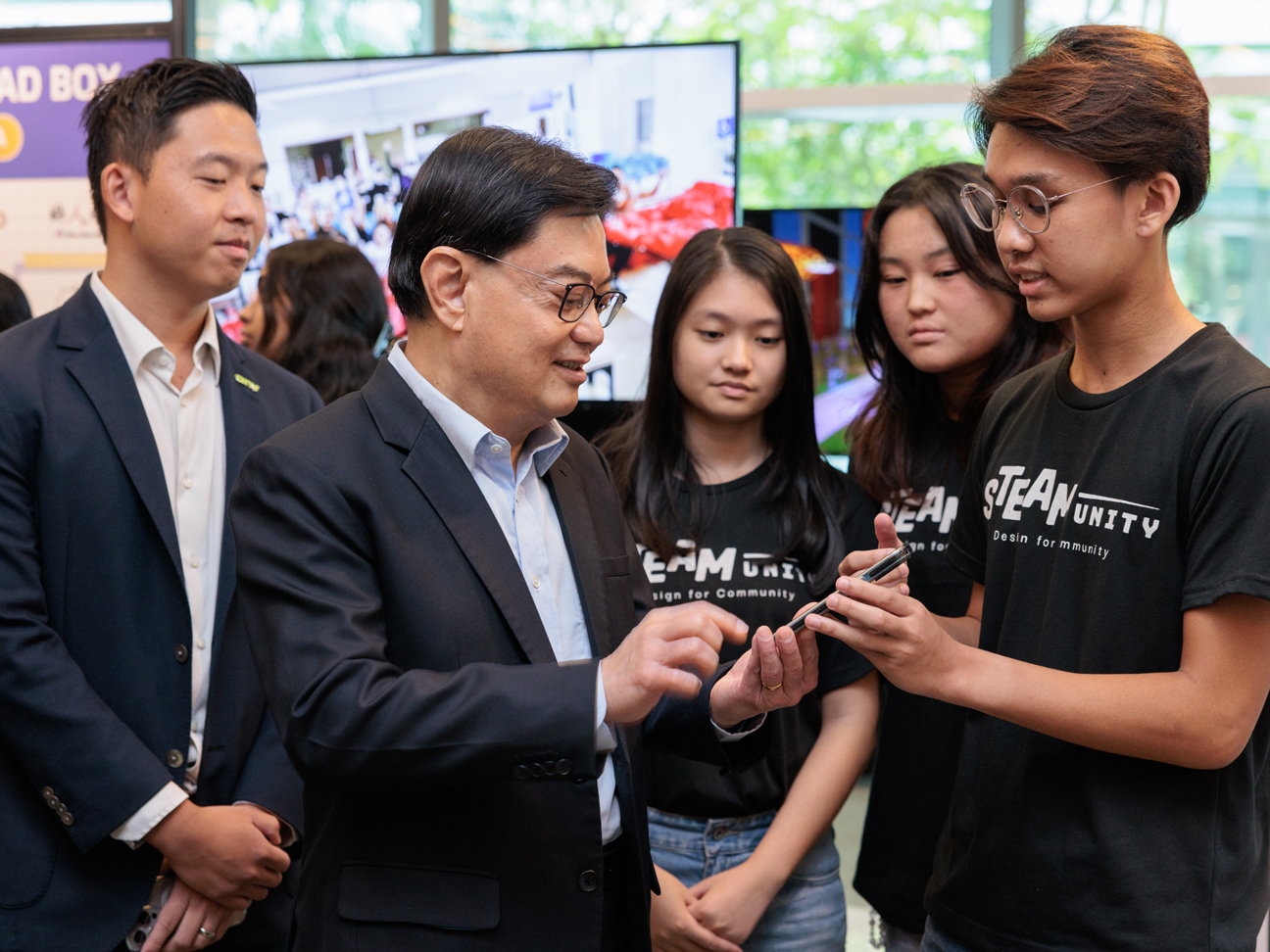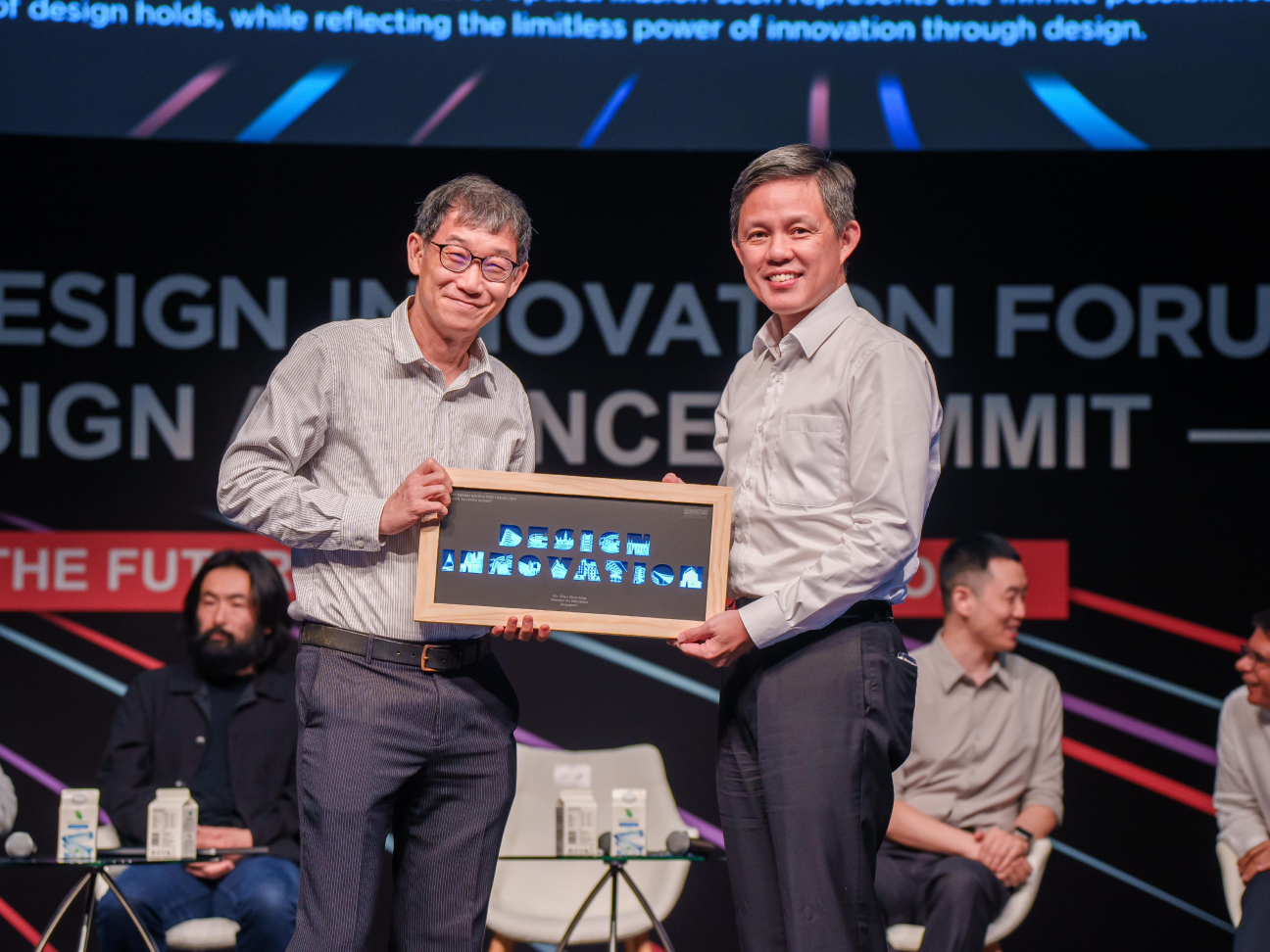Research news
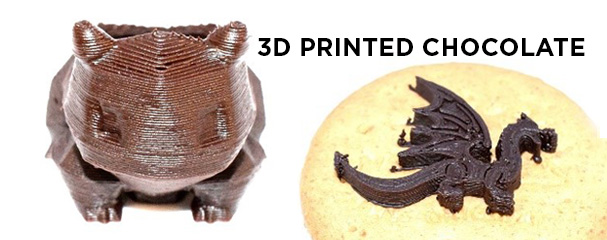
SUTD’s breakthrough research allows for 3D printed chocolate without temperature control
SUTD’s Soft Fluidics Lab developed a new approach, ‘Chocolate-based Ink 3D Printing’ (Ci3DP), to print chocolate-based inks at room temperature by cold extrusion.

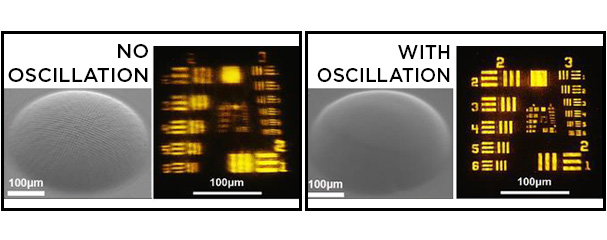
Oscillation assisted 3D printing renders ultrafast fabrication of microlens array
Researchers from SUTD and SUSTech proposed an approach which integrated oscillation-assisted DLP 3D printing with grayscale UV exposure to render an ultrafast and flexible fabrication of microlens arrays with optical surface smoothness.

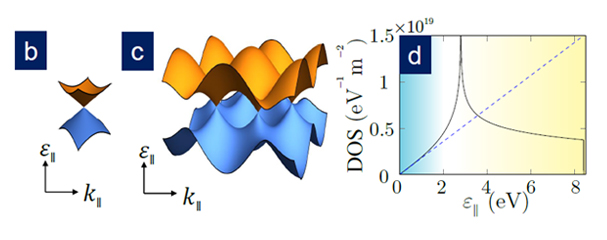
SUTD Physicists Unlock the Mystery of Thermionic Emission in Graphene
Without relying on the Dirac cone approximation, this new thermionic emission model allows a wide array of graphene-based devices operating at different temperatures and energy regimes to be universally described under a single framework

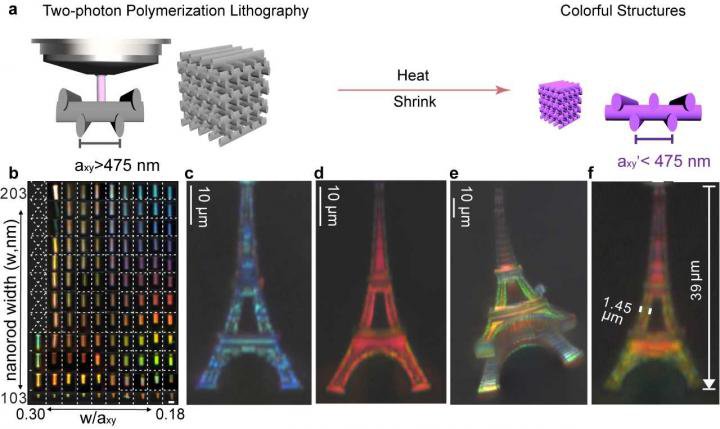
Structural colour printing of 3D microscale objects by shrinking photonic crystals
The 3D-printed model of the Eiffel Tower, measuring less than half the width of a human hair at 39 micrometers, exhibits multiple colours due to the manner in which light interacts with the nanostructures that hold up the model.


SUTD Researchers Revolutionize 3D Printed Products with Data-Driven Design Method
SUTD demonstrated this new cost-effective, data-driven approach by designing and 3D printing an ankle brace that has varying degrees of rigidity to provide both comfort and support for the user.

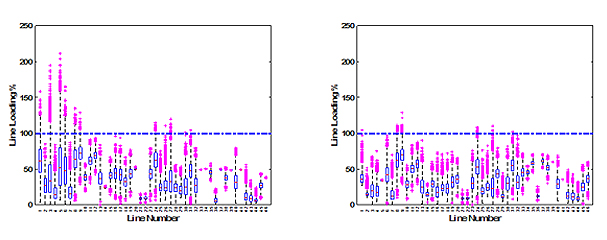
New Approach for Modern Power Grids that Increases Efficiency, Reduces Cost
SUTD worked with international researchers to develop a novel approach to allow for a small, well-defined risk of constraint violation to overcome the challenges that come with conservative current approaches used in modern power grids.

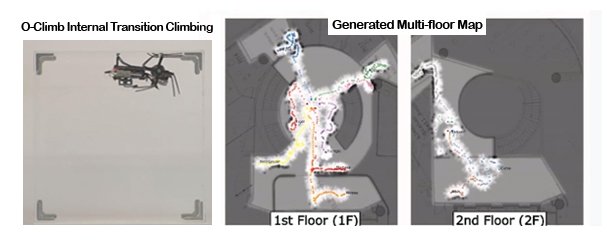
SUTD’s Research on a Multi-Robot System Wins Outstanding Paper Award at IEEE MRS 2019
ORION is a first-of-its-kind multi-robot system made up of a wheeled ground unit, miniature and wall-climbing robots to form a scalable swarming system similar to ant colonies.

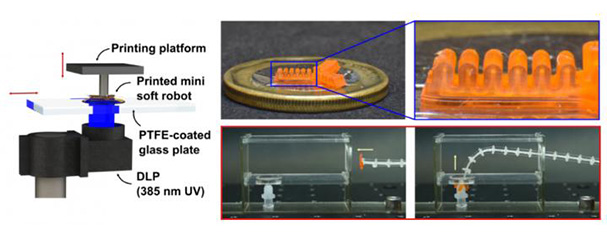
Researchers develop process flow for high-res 3D printing of mini soft robotic actuators
SUTD, SUSTech and ZJU researchers’ proposed process flow guides 3D printing of miniature soft pneumatic actuators. Integrating the prints into a robotic system offers potential applications in jet-engine maintenance and minimally invasive surgery.


Researchers’ review paper reveal insights into high quality fabrication of nanocomposites
SUTD together with research collaborators provide much needed analysis and review of the emerging research on particle reinforced metal matrix nanocomposites with selective laser melting, charting out possibilities for engineering applications.

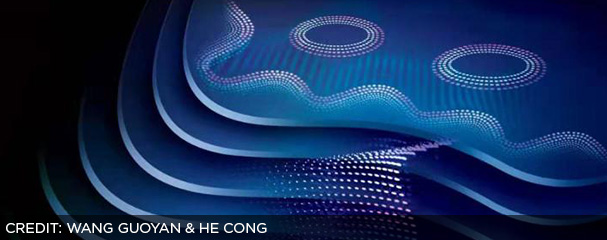
Researchers demonstrate three-dimensional quantum hall effect for the first time
The three-dimensional quantum Hall effect was predicted more than 30 years ago, but has not been observed until now by the Singapore University of Technology and Design together with international researchers.

